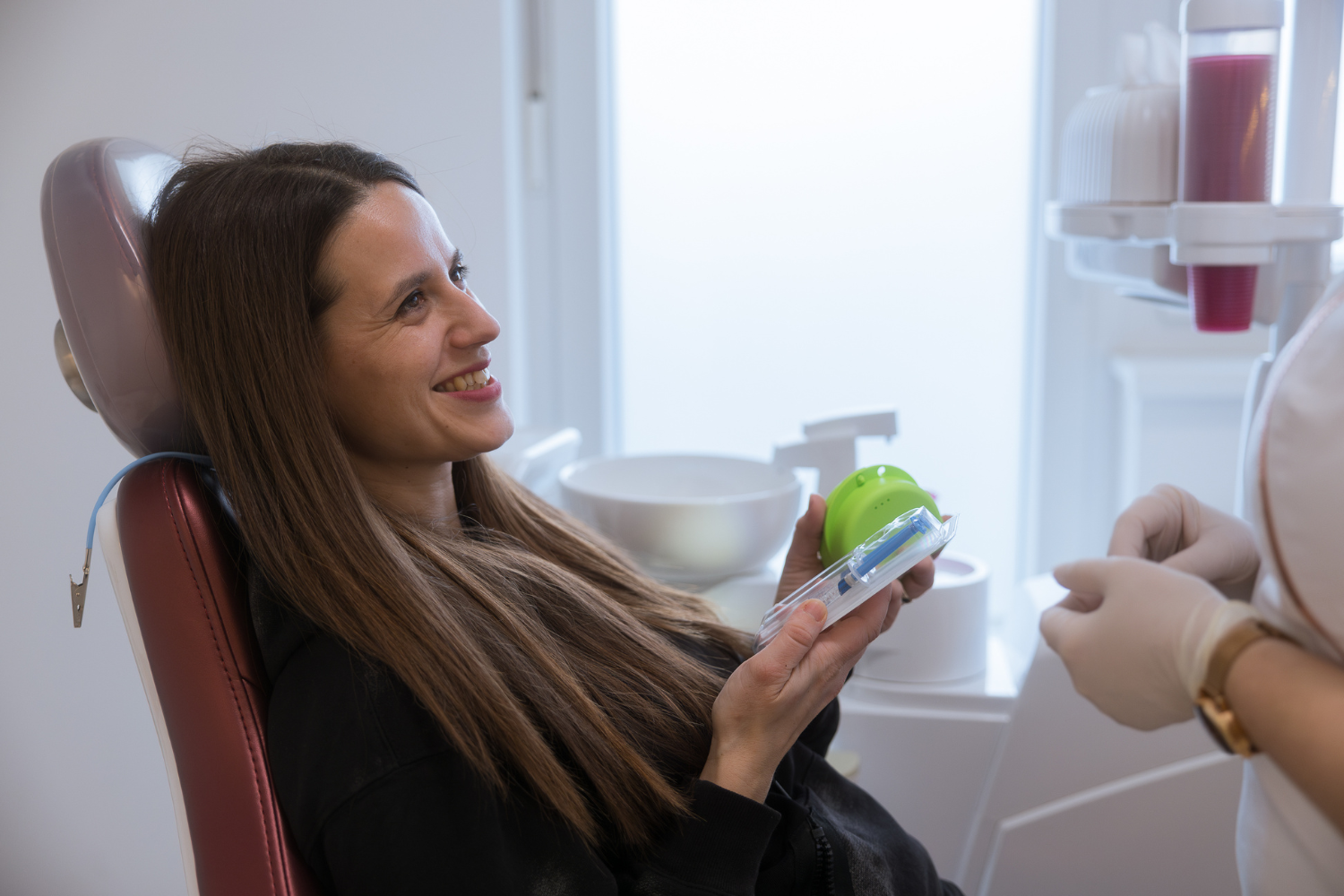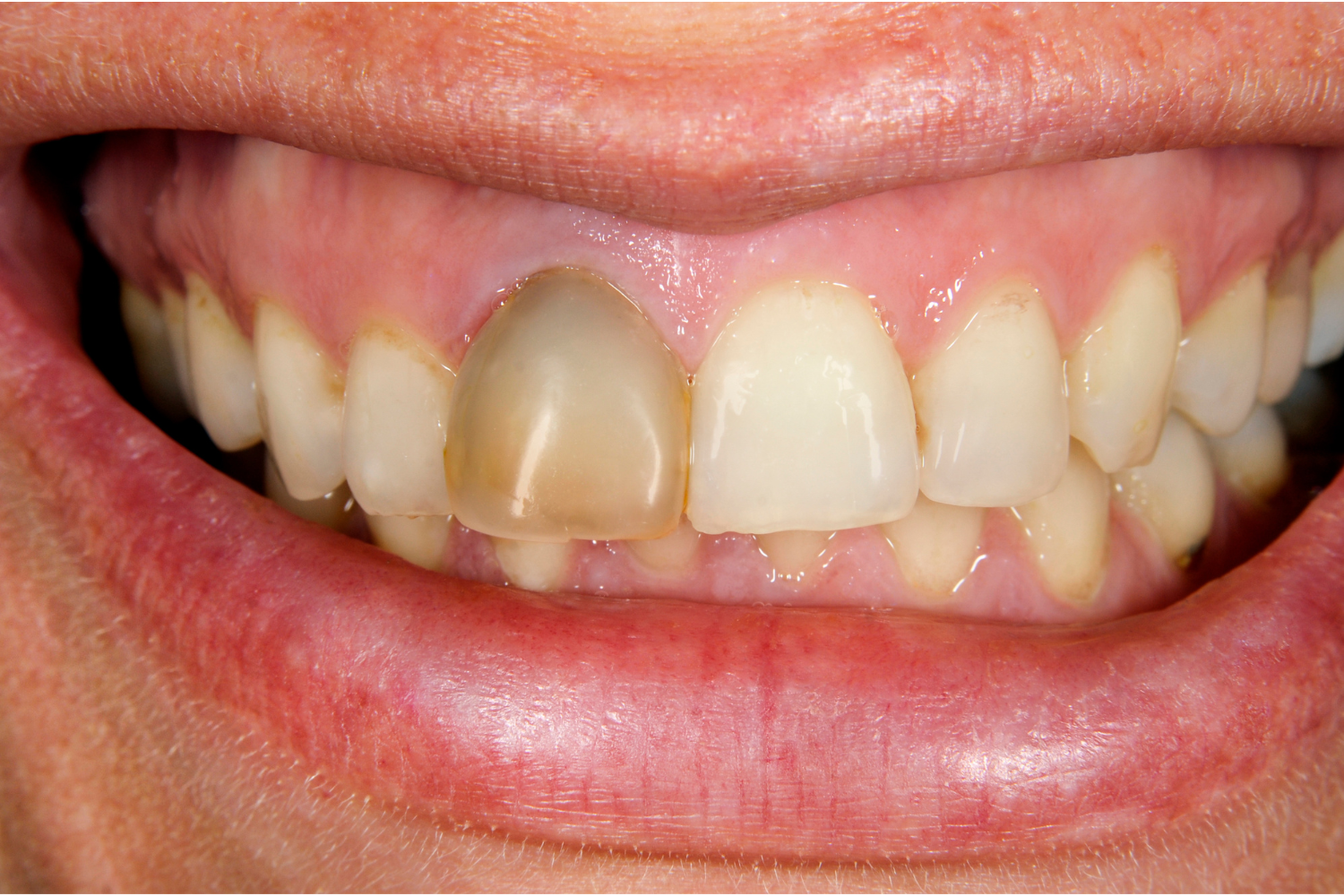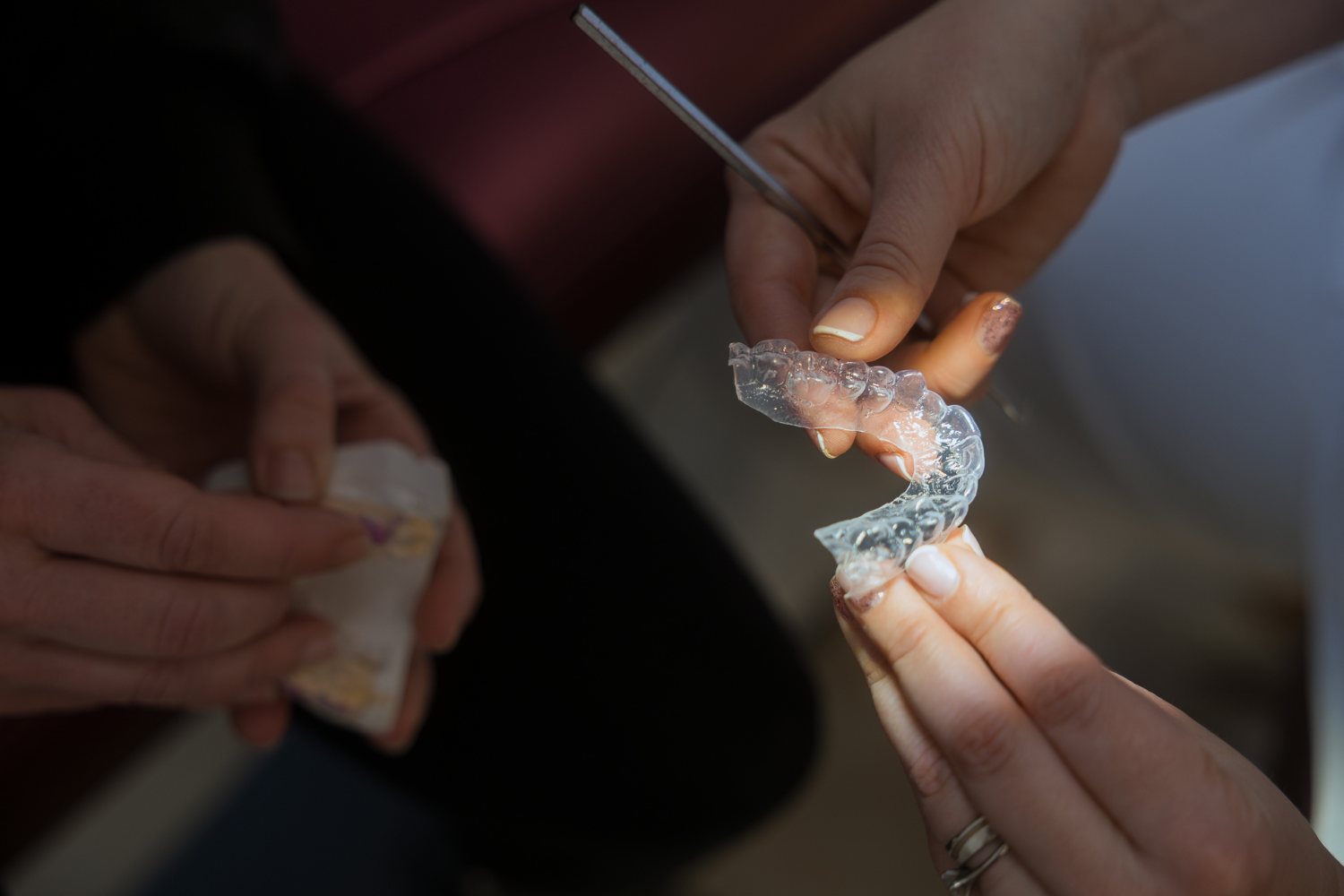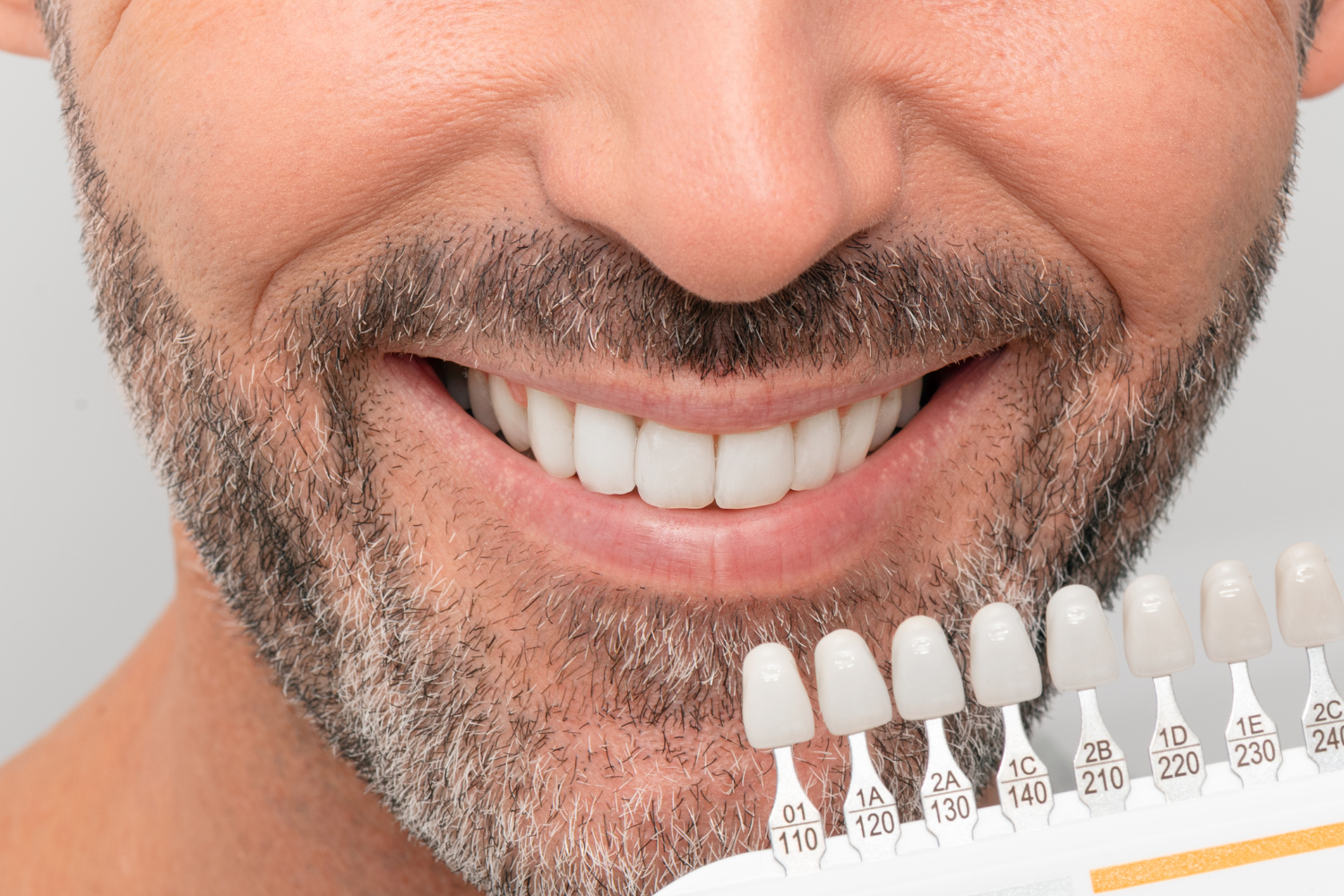Teeth Whitening- Methods, Side Effects, and Long-Term Protection

Teeth Whitening Methods and Their Application
Teeth whitening is one of the most popular cosmetic dental treatments for achieving a bright, youthful smile. Several techniques are available, each suited to different patient needs.
Internal Whitening (for Root-Treated Teeth)


In-Office Professional Whitening
This fast and effective method uses high-concentration hydrogen peroxide gels applied under professional supervision. The treatment typically lasts about 60 minutes, and results are visible immediately.
It’s ideal for patients seeking quick results without the need for prolonged at-home treatment.
At-Home Whitening With Custom Trays
This method involves custom-made trays filled with whitening gel. After taking precise dental impressions, the lab fabricates trays that perfectly fit the patient’s teeth, ensuring even gel distribution.
The trays are worn for 6–8 hours daily, usually overnight, until the desired shade is reached. The gradual process provides full control over whitening intensity and long-lasting results.
The advantage of this method is that the trays can be reused for future whitening touch-ups — typically every 12–18 months.

Side Effects and Post-Treatment Recommendations
A common side effect of whitening is temporary tooth sensitivity, especially to hot or cold stimuli. This can be reduced by using desensitizing toothpaste, avoiding extreme temperatures, or applying professional desensitizing agents.
For best results, patients should avoid pigmented foods and drinks and reduce smoking during and at least 10 days after treatment. After whitening, all existing fillings or restorations in the aesthetic zone should be replaced, as whitening affects only natural teeth.

Ideal candidates:
Patients with healthy teeth and gums (following scaling and polishing), minimal restorations in the front zone, and realistic expectations.
Duration:
Results can last from several months up to a few years, depending on diet, habits, and oral hygiene. Coffee, red wine, and tobacco can shorten the whitening effect.
